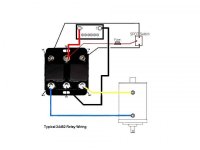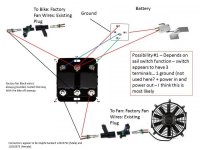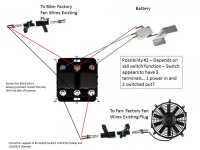jcthorne
Well-known member
My habit of not having my foot on the brake pedal starts after a few years of driving automatic transmission cars, you need to keep pressing the brakes to prevent the car from creeping forward.... I have worn out one brake master cylinder every two years or less, my current car is more than 8 years with the original brake master cylinder... I think I keep my foot off the brake... that's why I don't think the cut off using the brake light will work for me, it is a very good idea and will definitely work....
Hmm, you have a rash of faulty brake master cylinders or poorly rebuilt ones. They are designed for exactly this application. Many millions of master cylinders with 100k miles and more of use in automatic vehicles with no such problems. Yours is really an anomaly and not common in the industry. Heck the one in my pickup has 130k on it and is 12 yrs old. (Its the only automatic I have)
On another idea, have you looked at using signal off the gear position sensor? IE normal flow direction in 2nd gear and up. Reverse in 1st and down (N and R are below 1st in the sequential range)
Last edited:






